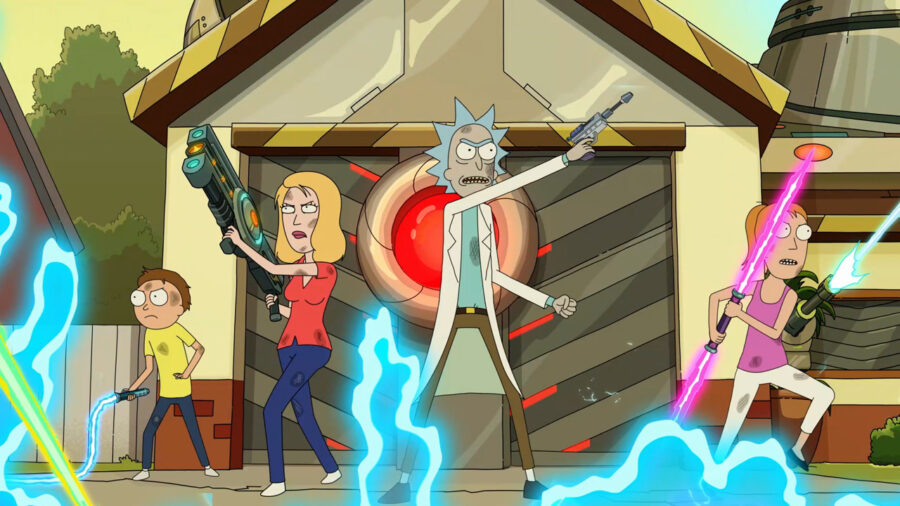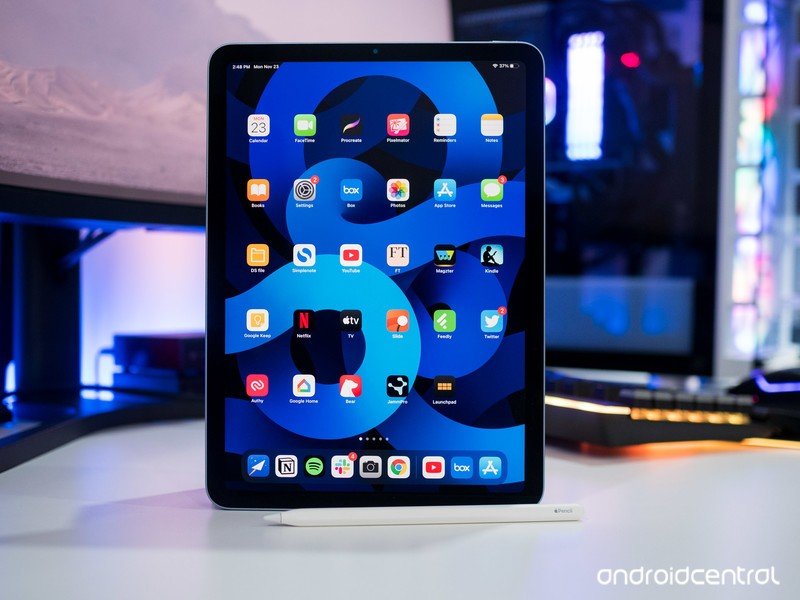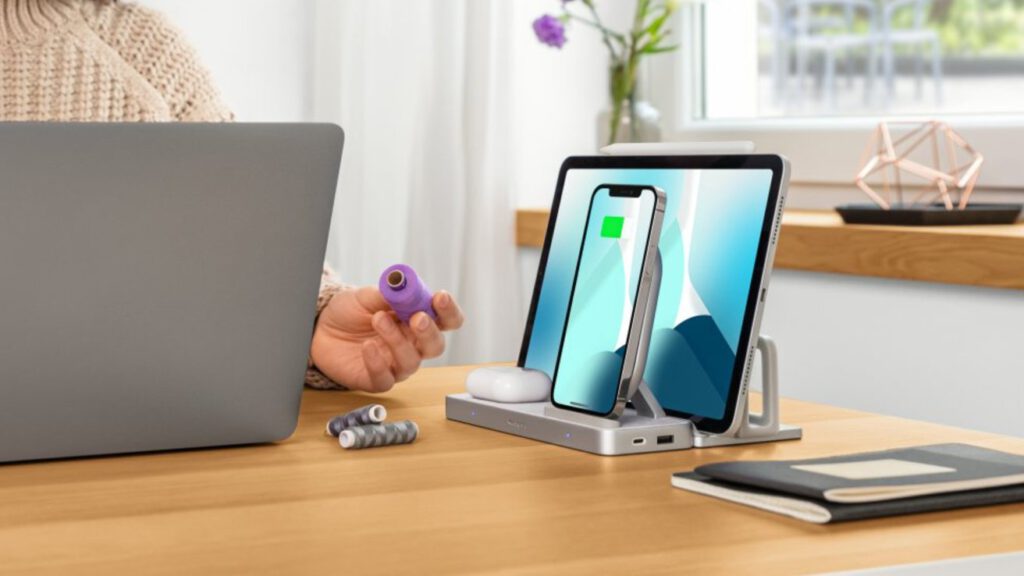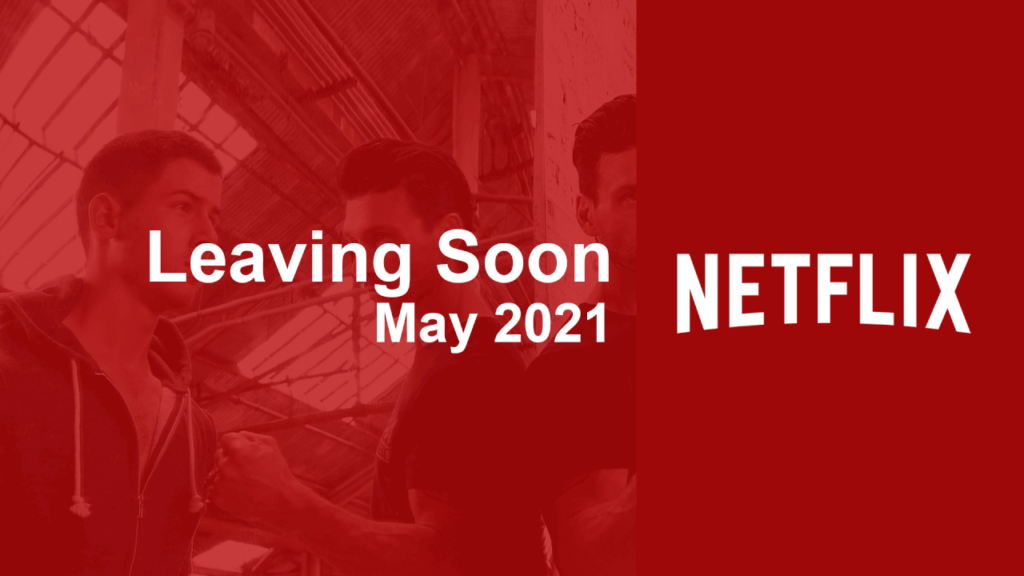The human brain is a marvel with lots of capabilities. As more researchers study the brain, we get to know how much information the brain can store.
According to the Scientific American journal, The human brain consists of about one billion neurons. Each neuron forms about 1,000 connections to other neurons, amounting to more than a trillion connections. If each neuron could only help store a single memory, running out of space would be a problem.
What if you can not only store more data but easily retrieve them and make more room in the brain for problem-solving and creativity?
You can easily cope with the growing body of knowledge by building a second brain (what I refer to as a Digital Brain). Managing information effectively means understanding that you cannot use your head to store and remember every detail.
Information is essential in everything that you do. To develop a new skill, complete a project successfully in the workplace or start and run a business, you’ll need the right information. To achieve your career goals and improve the quality of your life, you need to manage information effectively.
Read on to find out how you can build a second brain to manage information effectively and achieve your goals.
What Is a Second Brain?
How many times have you struggled to remember an important point from an article or book you read recently? Have you ever wasted time looking for a file that you thought you had saved?
If you’ve ever found yourself in such situations, you are not alone. Millions of people across the world are struggling with information overload in our modern society. Information overload is overwhelming because it taxes your mental resources and leaves you anxious.
This is where the concept of the second brain comes in.
Building a second brain doesn’t involve creating a man-made copy of your mind or recreating the human brain. It involves building an external system that captures, organizes, retrieves, and archives the ideas and thoughts that come to mind. The second brain enables you to optimize how you record, organize and recall information.
While you can use analog tools to build a second brain, digital tools are superior in every way.
Digital tools are more portable and accessible compared to physical tools. Due to these advantages, we are going to focus on the digital ways to build a Digital Brain.
Digital Brain
A Digital Brain is similar to an external hard drive. You can store additional information if your hard drive is full. However, it records, organizes, and recalls. This means that you won’t have to struggle to improve your memory. This memory has a lot of elements.
From a computing perspective, memory involves three key elements:
⌄ Scroll down to continue reading article ⌄
- Recording — storing the information
- Organization — archiving it in a logical manner
- Recall — retrieving it again when you need it
Like a computer, having a Digital Brain will work in the same way as this memory framework to manage how information flows into and out of your brain.
For example:
When setting up a new account on a website, due to strict security settings, many sites require you to come up with complicated passwords with special characters that you don’t usually use.
As a result, you now have to memorize this new password (Record), associate it with the other passwords that are stored in your brain (Organize) and enter that password the next time you log in (Recall).
Even in this simple example, there are several parts in the process that will make it all too easy to forget. Because this new password is unique, we have a hard time recognizing it with our regular patterns. And if we don’t use the password every day, it’s easy to forget it after a few days. One day you’ll try to recall the password but enter the incorrect one over and over again.
It’s one of the most common things that happen. Is it because the information is complicated? Nope. A password is just a bunch of characters, numbers, and symbols.
It happens because our brains are not made to memorize. With a Digital Brain, you can delegate it to do the heavy lifting.
Why You Need a Digital Brain
Having two brains is optimal. The brain that you were born with is quite limited.
According to a Stanford Study, the cerebral cortex alone has 125 trillion synapses. The average adult human brain has the ability to store the equivalent of 2.5 million gigabytes of digital memory.
Building a second brain allows you to bridge the gap in your ability to learn and remember.
A second brain helps you to:
- Learn and store information effectively
- Recall information faster when required
- Organize information to reveal connections and patterns in your thought process
If you want to expand your knowledge and achieve your professional goals faster, you should build a Digital Brain. While building a second brain takes a lot of time and energy, you’ll get to manage your time effectively for important projects. You need a Digital Brain for the following reasons:
1. Utilizing Mental Resources Effectively
Like any other organ, your brain has limits. This is especially true when you are trying to solve a complex question or work on a task. If you are working on a work project and your mind keeps wandering, it will be quite difficult for you to concentrate and complete it on time.
The second brain helps you deal with distractions. Having a solid system in your life will help you solve complex problems quickly and stay on track in the long run. It’s easy to focus on your most important tasks when you are not thinking about other things.
⌄ Scroll down to continue reading article ⌄
2. Staying Organized
Life is all about balancing professional and personal obligations. With so many things to do at any one time, you can easily forget to work on important tasks. This is especially true if you are developing a new skill . A Digital Brain will help you stay organized and avoid a stressful life.
To succeed in life, you have to get things done. And to get things done, you have to be organized. Organizing the knowledge that you have will help you get ample time to work on your most important tasks.
You’ll get to complete your projects faster since you’ll be using valuable materials and effective methodologies. As you accomplish your goals, you’ll unleash your creative confidence. And this will allow you to take on bigger projects.
3. Establishing a Creative Process
Our modern world is driven by creativity. However, for millions of people across the world, creativity is mysterious and unpredictable. Immersing yourself in a pool of associations, triggers, questions, and ideas that others have collected over the years can spark your inspiration and creativity when you need it.
Building a second brain is the key to establishing your creative process and building habits that will help you achieve your biggest goals in life. You don’t have to be a perfectionist or overthink to unleash the creative process.
4. Transforming Your Knowledge Into Opportunities
This is the greatest age of entrepreneurship that has ever been witnessed. Today, you can publish your knowledge online, find an audience and create new streams of income.
Whether it’s a business or hobby, you’ll find yourself with lots of career options and countless opportunities. With ideas and insights at your fingertips, you can easily expand your economy with knowledge.
5. Improving Your Thinking and Uncovering Connections
In our modern economy, your career success depends on how you think. Instead of trying to be an overthinker or perfectionist, you can easily collect the best images, stories, metaphors, anecdotes, and observations in one place.
And this will improve your imagination and reveal connections between different ideas. Research studies have shown that improving your imagination can increase your chances of achieving your biggest goals in life.
Your ability to uncover patterns will allow you to spot opportunities before others and stay ahead of the crowd.
6. Developing Credibility For a New Business Or Job
Your main asset is the knowledge you’ve gained over time as a result of experience. If other people cannot access this knowledge without taking your time, they’ll be stuck. Thanks to the rapid advancement of technology, you can make knowledge tangible.
This allows you to spend your time as you want while ensuring that others get the information that they need. When you build a Digital Brain, changing jobs or starting a new business becomes an opportunity to learn new things.
7. Utilizing Learning Resources Effectively
Millions of people are using online learning resources today to develop new skills and get more opportunities in life. There are a lot of online learning resources. They include books, forums, podcasts, articles, and webinars to name a few.
Most of these resources can be accessed for free or at fair prices. Breaking this knowledge into small bits and storing it can help you save a lot of time and money. Building a Digital Brain will help you stay on top of your learning process. Learning will become an enjoyable activity that will help you make rapid progress.
⌄ Scroll down to continue reading article ⌄
What Does It Feel Like to Have a Second Brain?
I’ve been managing my work and family life in a more productive and organized manner all these years thanks to my Digital Brain.
I don’t need to go through the trouble of painstakingly recalling passwords for my 1001 accounts. I never forget a single item from grocery lists my wife gives me.. I’ve never forgotten a meeting. And I’m able to retrieve and recall important information and documents easily, anytime and anywhere.
When you delegate the task of remembering to a second brain, you’ll minimize stress and anxiety because you’ll know what’s needed to be done with every piece of information.
You’ll gain confidence when dealing with information because nothing can be forgotten. You’ll manage your fears and anxieties better by getting them out of your mind and making solid plans to address them. You’ll make a sense of the volume of information that you encounter every day and have a clear mind.
How to Develop Your Digital Brain (Your Second Brain)
Does it cost a lot to build a second brain? The answer is no, and yes.
It doesn’t cost a lot of money, but it does cost some effort.
As mentioned earlier, develop your Digital Brain requires:
- Recording — storing the information
- Organization — archiving it in a logical manner
- Recall — retrieving it again when you need it
And we’ll dive into each of these elements:
1. Before Recording, Decide What Information Matters to You
To become an achiever in the modern world, you’ll need to manage huge amounts of information effectively. Every article, book, webinar, podcast, email, and text message has value. However, trying to remember everything is not only overwhelming but also impractical.
Think back to your purpose and goals, what information do you need?
- To grow
- To tackle your current challenges
- To achieve what you want
You need to consolidate ideas and develop a solid system that will help you achieve your goals. Developing your Digital Brain will allow your biological brain to imagine and create.
What You Can Do Now:
Take out your phone and go to your social media feeds. Unfollow stuff that provides information that doesn’t make you a healthier, happier, or smarter person. You don’t need unimportant stuff to overload your brain.
2. Record Information With the Right Tool
In most instances, we capture information without any preparation – we brainstorm ideas in a word processor, email ourselves an important note or take notes while reading.
⌄ Scroll down to continue reading article ⌄
However, we never use this information. Whether you are producing or consuming information, you need to store it in a centralized place such as Microsoft One Note, Notion, Evernote, and Bear to name a few.
These apps allow you to store small bits of information. You can save images, screenshots, hyperlinks, webpages, and PDFs. And access them using different devices.
Different kinds of information may require different tools:
- Note-taking — Note taking apps like Evernote is one of the best note-taking apps in the world. Users can add audio clips, Slack conversations, PDF documents, text notes, images, scanned handwritten pages, emails, and websites.
- Saving useful articles — Pocket is an amazing app that offers nice features and good organizational capabilities. You can sort your documents by image, video, and traditional text. Its new design has been optimized for the web.
- Information related to schedule — Calendar apps will not only remind you of your most important tasks but also help you manage your time effectively and boost your productivity. There are a lot of calendar apps. The best calendar apps are easy to access, have lots of amazing features, and can be accessed using multiple devices. They include Google Calendar, Apple Calendar, and Microsoft Outlook Calendar.
- Tasks — To-do list /checklist apps are essential if you want to stay on top of your tasks. When choosing to-do list apps, some of the factors that you should consider include ease of use, flexibility, your budget, and cross-platform compatibility. Some of the best to-do list apps include Google Keep, Google Tasks, and Apple Notes.
What You Can Do Now:
Download a To-Do app and put down everything you need to buy this week or month. Then, set deadlines and/or reminders based on the need of different items. Experience the benefit of not forgetting buying anything in your next shopping.
3. Organize Information With the Right Tool for Easy Retrieval
After capturing information, how should you organize it?
When you start collecting and organizing critical information, you’ll start noticing connections. An article on networking will help you understand online marketing. A business card that you saved a few years ago can help you follow up and get new clients.
You can easily organize information by choosing the right tools. Here’re some criteria in choosing the right tools:
- Is the tool available in different devices and that the information can be synced across the devices?
- Is it dedicated for personal use or for a team?
- Does it enable easy information retrieval, for example, with a search function?
- Does it allow easy categorization or data labelling?
- Does it allow users to create lists or collections for organization?
- Does it allow easy connections between ideas and information?
- Does it help with mind mapping and organize thoughts in a visual way?
There’re many ways to organize information and data effectively, if you want to learn more, check out this article.
For instance, at Lifehack, we use Notion to organize our playbooks and important databases. We choose Notion because it helps my team store different types of information in a very organized way. It allows us to create different collections of data, and share specific information with members according to their roles easily. It’s also available in different devices.
What You Can Do Now:
Download Notion and choose one of these templates to start organizing information — whether it’s for your work projects, or home projects!
Conclusion
Building a Digital Brain (second brain) allows us to save information systematically, come up with new ideas and turn them into reality. Your second brain serves as an extension of your biological brain. And it protects you from the effects of forgetfulness thus allowing you to take on bigger creative challenges.
One of the biggest challenges that people who love learning is feeding themselves information all the time without ever putting it to use. The experiences that would make their lives better get postponed every day until they are forgotten. Information only becomes power when it is put to use. But we can save that for another article: 7 Tips On Putting Knowledge Into Action
Featured photo credit: ian dooley via unsplash.com
⌄ Scroll down to continue reading article ⌄




